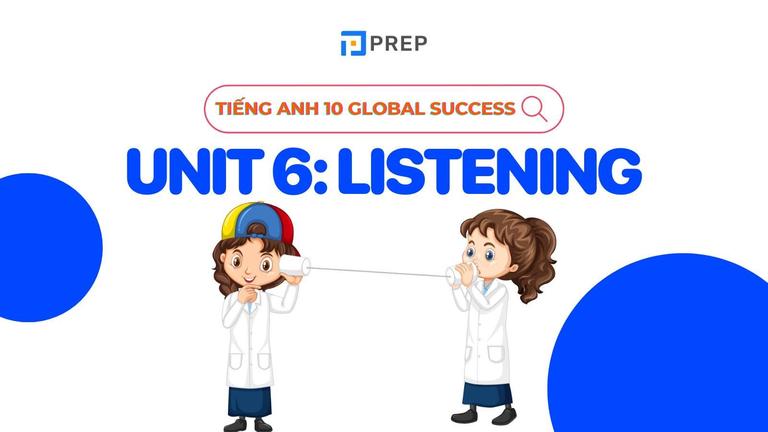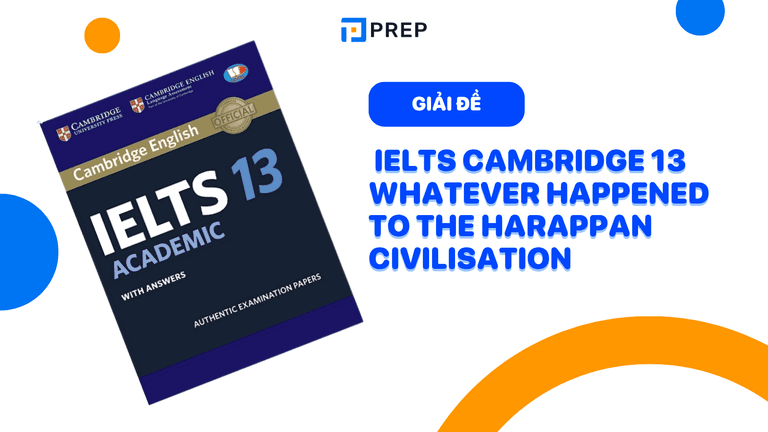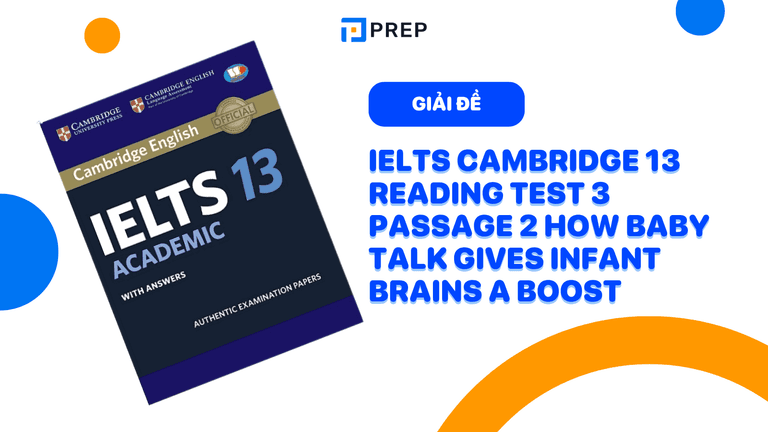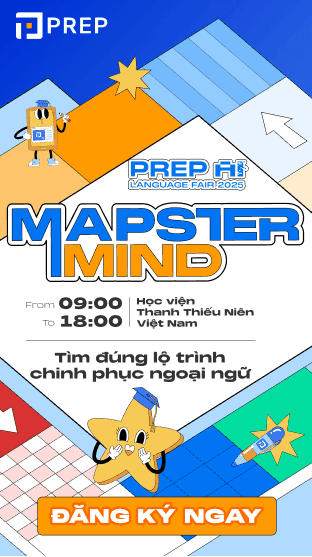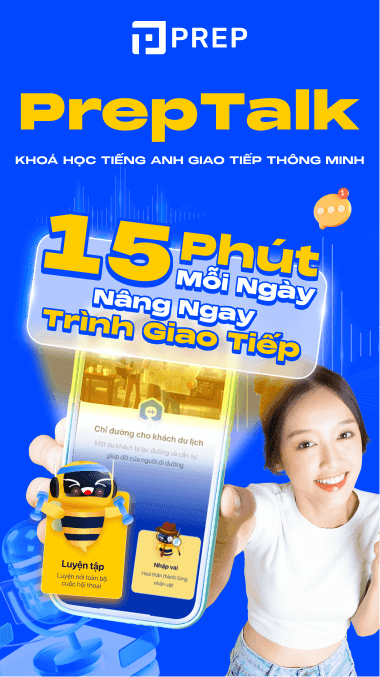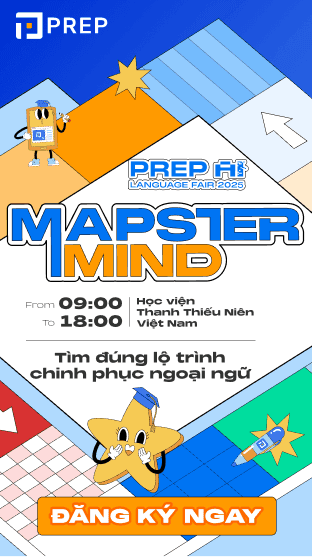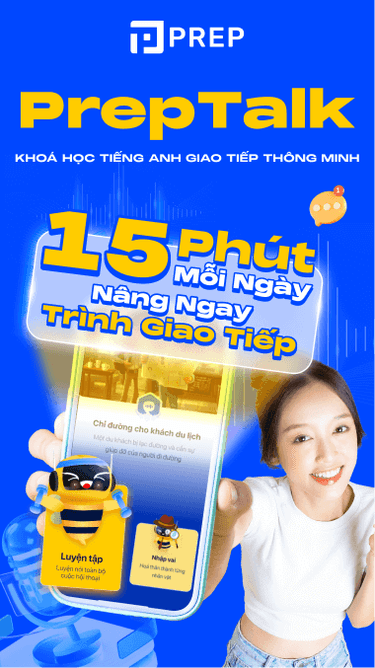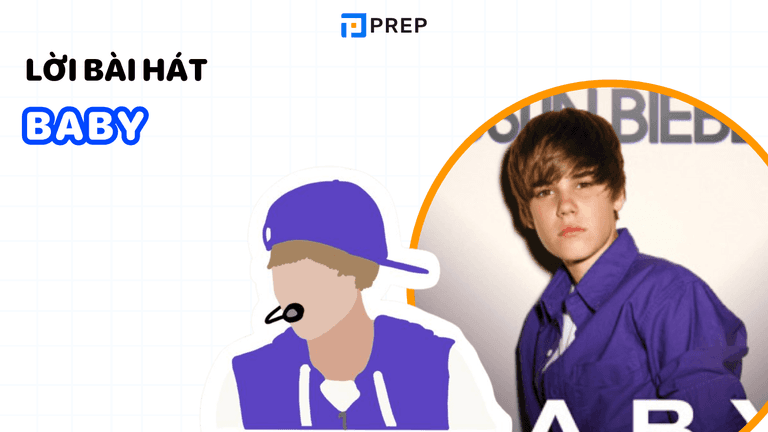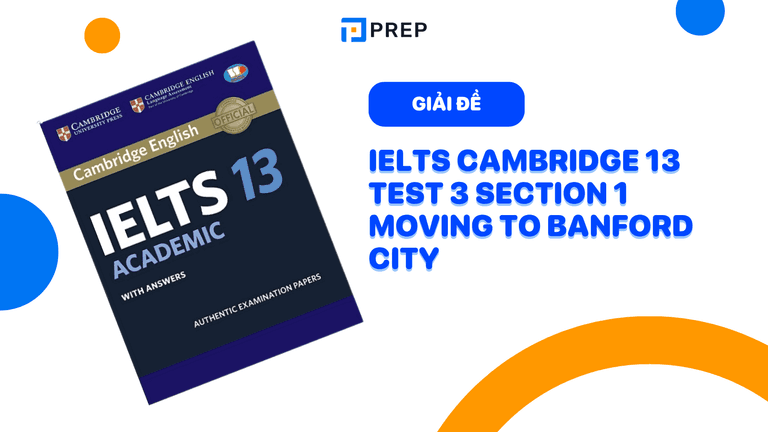Đề bài và đáp án chi tiết IELTS Cambridge 13 Test 3 Passage 1 The coconut palm
Bài đọc The Coconut Palm trong IELTS Cambridge 13 Test 3 Passage 1 là dạng bài thông tin khoa học (factual text), thường xuất hiện trong IELTS Reading, yêu cầu thí sinh nắm bắt được các chi tiết, mục đích sử dụng và các thông tin miêu tả cụ thể. Với mức độ khó vừa phải, passage này là tài liệu luyện tập hiệu quả cho người học IELTS nhằm rèn kỹ năng scanning, xác định từ khóa và suy luận cơ bản. Bài viết dưới đây cung cấp đề bài, đáp án và giải thích chi tiết cho từng câu hỏi, giúp bạn hiểu sâu nội dung và nâng cao kỹ năng làm bài Reading hiệu quả.
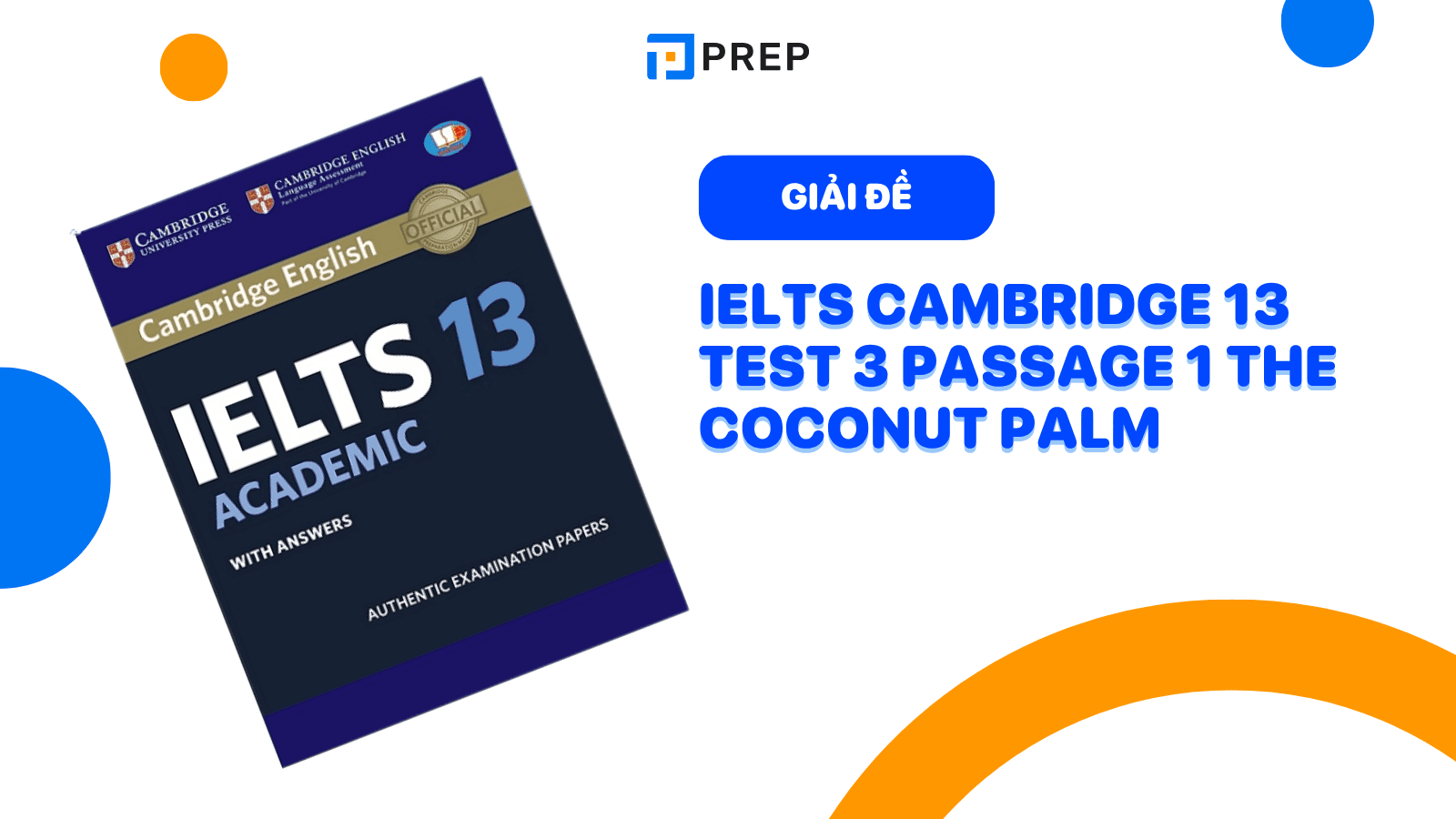
I. Đề bài IELTS Cambridge 13 test 3 passage 1 The coconut palm
Hãy đọc kỹ bài đọc, áp dụng các kỹ năng scanning và skimming để trả lời câu hỏi chính xác nhé!
Reading The coconut palm
The coconut palm
For millennia, the coconut has been central to the lives of Polynesian and Asian peoples. In the western world, on the other hand, coconuts have always been exotic and unusual, sometimes rare. The Italian merchant traveller Marco Polo apparently saw coconuts in South Asia in the late 13th century, and among the mid-14th-century travel writings of Sir John Mandeville there is mention of ‘great Notes of Ynde’ (great Nuts of India). Today, images of palm-fringed tropical beaches are clichés in the west to sell holidays, chocolate bars, fizzy drinks and even romance.
Typically, we envisage coconuts as brown cannonballs that, when opened, provide sweet white flesh. But we see only part of the fruit and none of the plant from which they come. The coconut palm has a smooth, slender, grey trunk, up to 30 metres tall. This is an important source of timber for building houses, and is increasingly being used as a replacement for endangered hardwoods in the furniture construction industry. The trunk is surmounted by a rosette of leaves, each of which may be up to six metres long. The leaves have hard veins in their centres which, in many parts of the world, are used as brushes after the green part of the leaf has been stripped away. Immature coconut flowers are tightly clustered together among the leaves at the top of the trunk. The flower stems may be tapped for their sap to produce a drink, and the sap can also be reduced by boiling to produce a type of sugar used for cooking.
Coconut palms produce as many as seventy fruits per year, weighing more than a kilogram each. The wall of the fruit has three layers: a waterproof outer layer, a fibrous middle layer and a hard, inner layer. The thick fibrous middle layer produces coconut fibre, ‘coir’, which has numerous uses and is particularly important in manufacturing ropes. The woody innermost layer, the shell, with its three prominent ‘eyes’, surrounds the seed. An important product obtained from the shell is charcoal, which is widely used in various industries as well as in the home as a cooking fuel. When broken in half, the shells are also used as bowls in many parts of Asia.
Inside the shell are the nutrients (endosperm) needed by the developing seed. Initially, the endosperm is a sweetish liquid, coconut water, which is enjoyed as a drink, but also provides the hormones which encourage other plants to grow more rapidly and produce higher yields. As the fruit matures, the coconut water gradually solidifies to form the brilliant white, fat-rich, edible flesh or meat. Dried coconut flesh, ‘copra’, is made into coconut oil and coconut milk, which are widely used in cooking in different parts of the world, as well as in cosmetics. A derivative of coconut fat, glycerine, acquired strategic importance in a quite different sphere, as Alfred Nobel introduced the world to his nitroglycerine-based invention: dynamite.
Their biology would appear to make coconuts the great maritime voyagers and coastal colonizers of the plant world. The large, energy-rich fruits are able to float in water and tolerate salt, but cannot remain viable indefinitely; studies suggest after about 110 days at sea they are no longer able to germinate. Literally cast onto desert island shores, with little more than sand to grow in and exposed to the full glare of the tropical sun, coconut seeds are able to germinate and root. The air pocket in the seed, created as the endosperm solidifies, protects the embryo. In addition, the fibrous fruit wall that helped it to float during the voyage stores moisture that can be taken up by the roots of the coconut seedling as it starts to grow.
There have been centuries of academic debate over the origins of the coconut. There were no coconut palms in West Africa, the Caribbean or the east coast of the Americas before the voyages of the European explorers Vasco da Gama and Columbus in the late 15th and early 16th centuries. 16th century trade and human migration patterns reveal that Arab traders and European sailors are likely to have moved coconuts from South and Southeast Asia to Africa and then across the Atlantic to the east coast of America. But the origin of coconuts discovered along the west coast of America by 16th century sailors has been the subject of centuries of discussion. Two diametrically opposed origins have been proposed: that they came from Asia, or that they were native to America. Both suggestions have problems. In Asia, there is a large degree of coconut diversity and evidence of millennia of human use – but there are no relatives growing in the wild. In America, there are close coconut relatives, but no evidence that coconuts are indigenous. These problems have led to the intriguing suggestion that coconuts originated on coral islands in the Pacific and were dispersed from there.
Questions 1-8
Complete the table below.
Choose ONE WORD ONLY from the passage for each answer.
Write your answers in boxes 1-8 on your answer sheet.
THE COCONUT PALM
|
Part |
Description |
Uses |
|
trunk |
up to 30 metres |
timber for houses and the making of 1 ___________________________ |
|
leaves |
up to 6 metres long |
to make brushes |
|
flowers |
at the top of the trunk |
stems provide sap, used as a drink or a source of 2 _____________ |
|
fruits |
outer layer |
|
|
|
middle layer (coir fibres) |
used for 3 __________________, etc. |
|
|
inner layer (shell) |
a source of 4 ________________ (when halved) for 5 __________ |
|
|
coconut water |
a drink a source of 6 ____________ for other plants |
|
|
coconut flesh |
oil and milk for cooking and 7 ______________ glycerine (an ingredient in 8 ______________) |
Questions 9-13
Do the following statements agree with the information given in Reading Passage 1?
In boxes 9-13 on your answer sheet, write
-
TRUE if the statement agrees with the information
-
FALSE if the statement contradicts the information
-
NOT GIVEN if there is no information on this
-
Coconut seeds need shade in order to germinate.
-
Coconuts were probably transported to Asia from America in the 16th century.
-
Coconuts found on the west coast of America were a different type from those found on the east coast.
-
All the coconuts found in Asia are cultivated varieties.
-
Coconuts are cultivated in different ways in America and the Pacific.
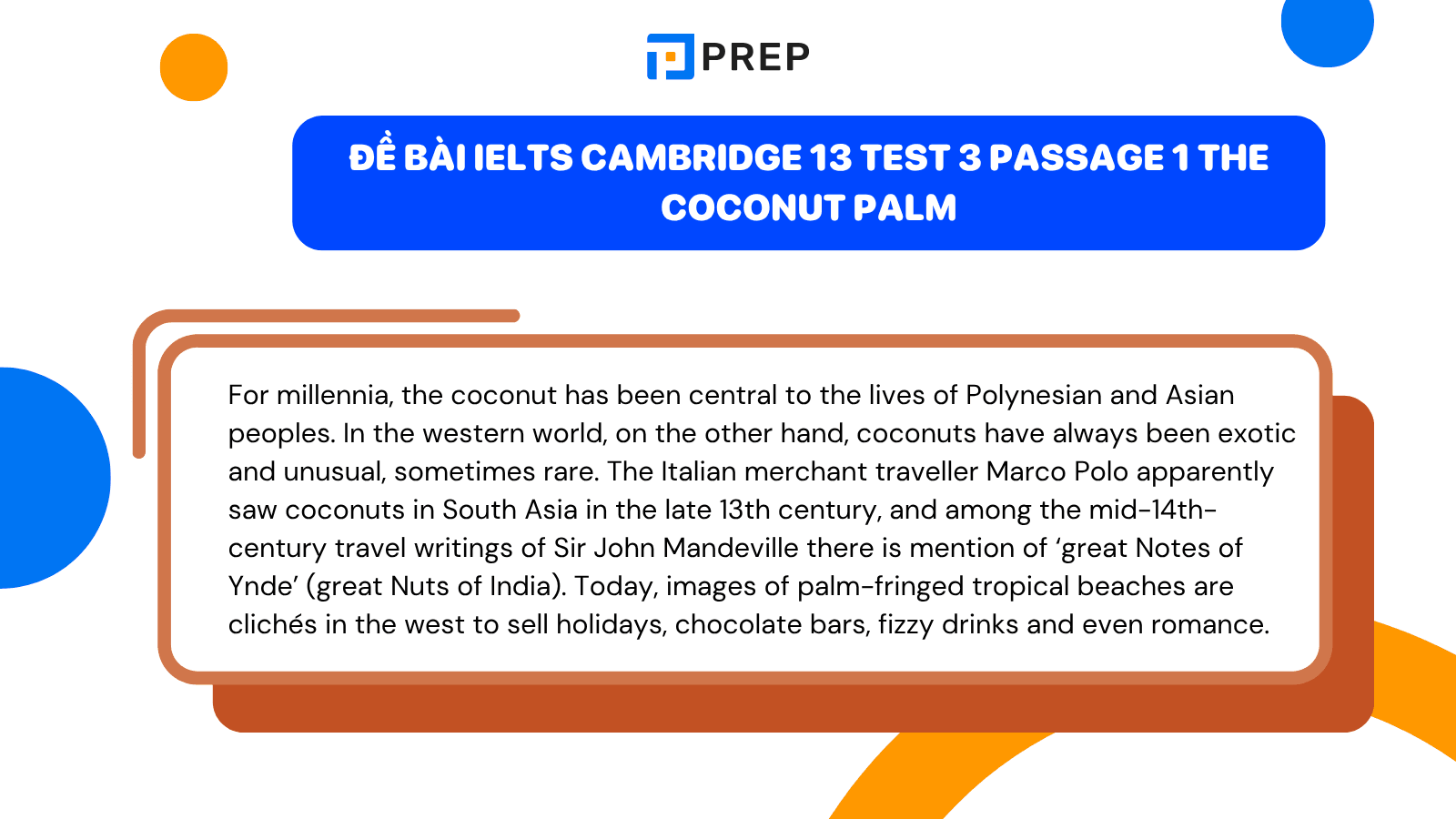
II. Đáp án bài đọc IELTS Cambridge 13 test 3 passage 1 The coconut palm
Reading Passage 1, Questions 1-13
-
furniture
-
sugar
-
ropes
-
charcoal
-
bowls
-
hormones
-
cosmetics
-
dynamite
-
FALSE
-
FALSE
-
NOT GIVEN
-
TRUE
-
NOT GIVEN
III. Giải thích đáp án chi tiết bài đọc The coconut palm
Tham khảo phần giải thích đáp án chi tiết dưới đây để hiểu rõ cách xử lý từng câu hỏi trong bài đọc:
Questions 1–8: Complete the table
|
Câu |
Đáp án |
Giải thích |
|
1 |
furniture |
Đoạn 2: “…used as a replacement for endangered hardwoods in the furniture construction industry.” → thân cây dùng làm đồ nội thất. |
|
2 |
sugar |
Đoạn 2: “sap can also be reduced by boiling to produce a type of sugar” → nhựa hoa đun lên làm đường. |
|
3 |
ropes |
Đoạn 3: “coir… particularly important in manufacturing ropes.” → xơ dừa dùng làm dây thừng. |
|
4 |
charcoal |
Đoạn 3: “An important product obtained from the shell is charcoal.” → vỏ cứng tạo than. |
|
5 |
bowls |
Đoạn 3: “shells… are also used as bowls.” → nửa vỏ dừa làm bát. |
|
6 |
hormones |
Đoạn 4: “coconut water… provides the hormones which encourage other plants to grow.” → nước dừa chứa hormone. |
|
7 |
cosmetics |
Đoạn 4: “coconut oil… widely used… as well as in cosmetics.” → dầu dừa dùng trong mỹ phẩm. |
|
8 |
dynamite |
Đoạn 4: “glycerine… used in… dynamite.” → dẫn xuất dừa dùng tạo thuốc nổ. |
Questions 9–13: TRUE / FALSE / NOT GIVEN
|
Câu |
Đáp án |
Giải thích |
|
9 |
FALSE |
Đoạn 5: “…exposed to the full glare of the tropical sun… able to germinate” → cần ánh nắng, không phải bóng râm. |
|
10 |
FALSE |
Đoạn 6: “…moved coconuts from South and Southeast Asia to Africa and then across the Atlantic…” → từ châu Á đi, không phải từ Mỹ. |
|
11 |
NOT GIVEN |
Bài không so sánh loại dừa ở hai bờ Mỹ. |
|
12 |
TRUE |
Đoạn 6: “…large degree of coconut diversity and evidence of millennia of human use – but there are no relatives growing in the wild.” → Tất cả đều là giống được trồng. |
|
13 |
NOT GIVEN |
Không có thông tin về cách trồng dừa ở Mỹ và Thái Bình Dương. |
IV. Từ vựng hay trong bài cần ghi nhớ
Bỏ túi một số từ vựng hay trong bài cần ghi nhớ để nâng cao vốn từ của bạn:
|
Từ / Cụm từ |
Nghĩa |
Ví dụ |
|
millennia |
hàng nghìn năm |
Coconuts have been used for millennia, especially in Asia and Polynesia. → Dừa đã được sử dụng hàng nghìn năm, đặc biệt ở châu Á và Polynesia. |
|
exotic |
ngoại lai, lạ |
Coconuts were once seen as exotic fruits in Europe. → Dừa từng được xem là trái cây ngoại lai ở châu Âu. |
|
timber |
gỗ xây dựng |
Coconut trunks provide timber for building houses. → Thân cây dừa cung cấp gỗ để xây nhà. |
|
fibrous |
có nhiều sợi |
The middle layer of the coconut is fibrous. → Lớp giữa của quả dừa chứa nhiều sợi. |
|
coir |
xơ dừa |
Coir is used to make ropes and mats. → Xơ dừa được dùng để làm dây thừng và thảm. |
|
endosperm |
nội nhũ |
Coconut water is actually liquid endosperm. → Nước dừa thực chất là nội nhũ dạng lỏng. |
|
germinate |
nảy mầm |
Coconut seeds can germinate on sandy beaches. → Hạt dừa có thể nảy mầm trên bãi cát. |
|
maritime voyager |
“du hành biển” |
Coconuts are natural maritime voyagers able to float across oceans. → Dừa là “kẻ du hành biển tự nhiên” có thể trôi trên đại dương. |
|
indigenous |
bản địa |
There is no proof coconuts were indigenous to the Americas. → Không có bằng chứng cho thấy dừa là loài bản địa của châu Mỹ. |
|
embryo |
phôi |
The shell protects the coconut embryo. → Vỏ dừa bảo vệ phôi bên trong. |
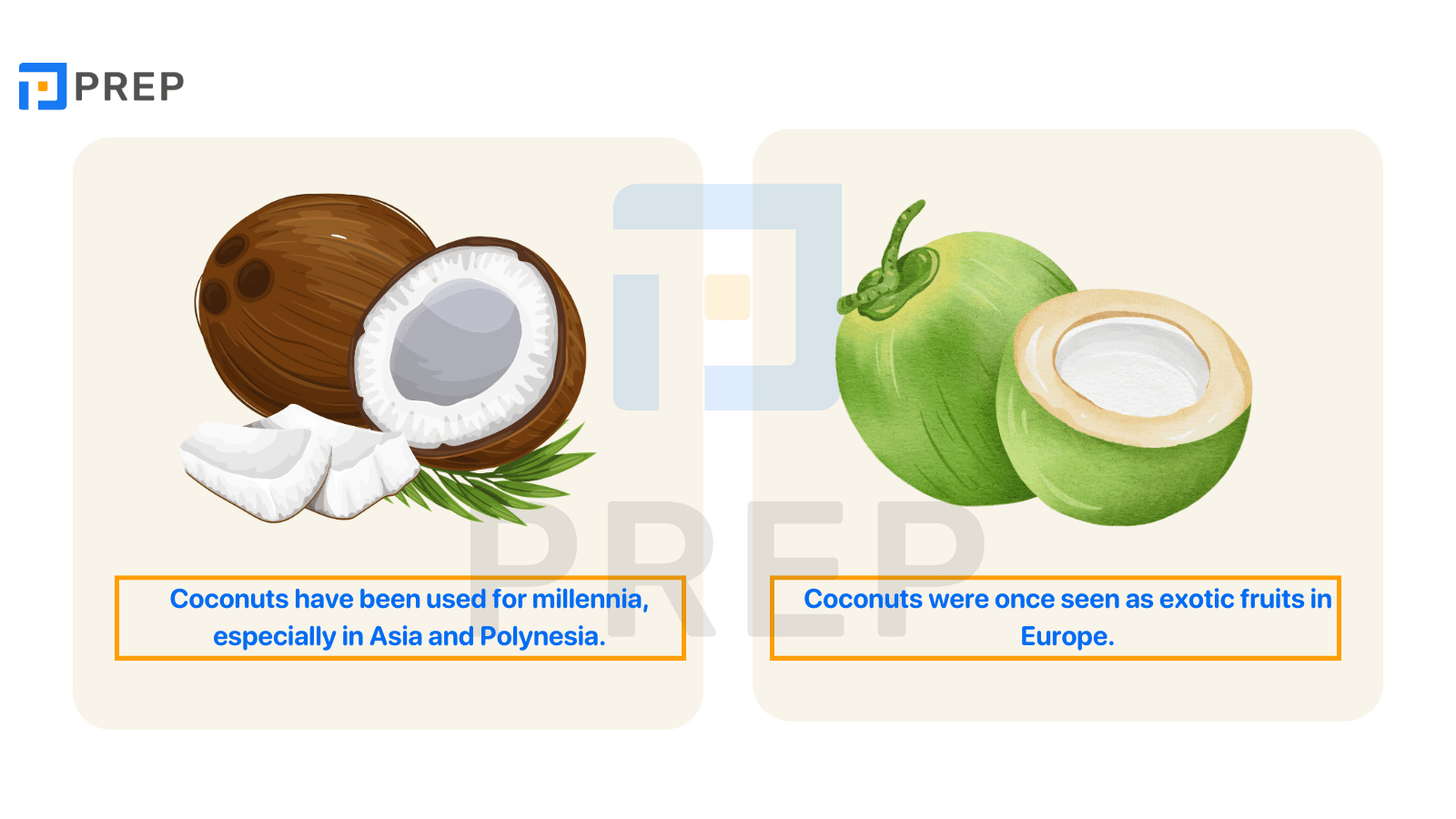
Trên đây là đề bài và đáp án bài đọc Cambridge IELTS 13 passage 1 - IELTS Cambridge 13 - The coconut palm. Hy vọng bài đọc trên sẽ hữu ích cho bạn trong quá trình luyện thi IELTS. Đừng quên ghi chép lại từ vựng và các cấu trúc câu hay trong bài nhé!
Học tiếng Anh online dễ dàng hơn với PREP - Nền tảng Học & Luyện thi thông minh cùng AI. Nhờ công nghệ AI độc quyền, bạn có thể tự học trực tuyến ngay tại nhà, chinh phục lộ trình học IELTS, TOEIC, tiếng Anh giao tiếp hiệu quả. Bên cạnh đó, học viên còn có sự hỗ trợ tuyệt vời từ Teacher Bee AI, trợ lý ảo giúp bạn giải đáp thắc mắc và đồng hành 1-1 trong suốt quá trình học tập. Hãy click TẠI ĐÂY hoặc liên hệ HOTLINE 0931428899 để nhận tư vấn chi tiết về các khóa học tiếng Anh chất lượng nhất thị trường!
Tải ngay app PREP để bắt đầu hành trình học tiếng Anh tại nhà với chương trình học luyện thi online chất lượng cao.
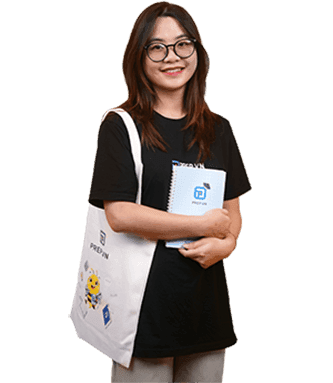
Chào bạn! Mình là Hiền Hoàng, hiện đang đảm nhận vai trò quản trị nội dung sản phẩm tại Blog của website prepedu.com.
Với hơn 5 năm tự học các ngoại ngữ như tiếng Anh, tiếng Trung và ôn luyện một số kỳ thi IELTS, TOEIC, HSK, mình đã tự đúc rút được nhiều kinh nghiệm để hỗ trợ hàng nghìn người đang gặp khó khăn trong việc học ngoại ngữ. Hy vọng rằng những chia sẻ phía trên sẽ giúp ích cho bạn trong quá trình tự ôn luyện thi hiệu quả tại nhà!
Bình luận
Nội dung premium
Xem tất cảLộ trình cá nhân hoá
Có thể bạn quan tâm
Kết nối với Prep

MSDN: 0109817671.
Địa chỉ liên hệ: Tòa nhà Vinaconex, 34 Láng Hạ, phường Láng, TP Hà Nội.
Địa chỉ kinh doanh: Lô 21 C2 Khu đô thị Nam Trung Yên, phường Yên Hòa, TP Hà Nội.
Trụ sở: Số nhà 20, ngách 234/35 đường Hoàng Quốc Việt, phường Nghĩa Đô, TP Hà Nội.
Phòng luyện ảo - Trải nghiệm thực tế - Công nghệ hàng đầu.
Hotline: 0931 42 8899.
Trụ sở: Số nhà 20, ngách 234/35 đường Hoàng Quốc Việt, phường Nghĩa Đô, TP Hà Nội.
Giấy chứng nhận hoạt động đào tạo, bồi dưỡng số 1309/QĐ-SGDĐT ngày 31 tháng 07 năm 2023 do Sở Giáo dục và Đào tạo Hà Nội cấp.
